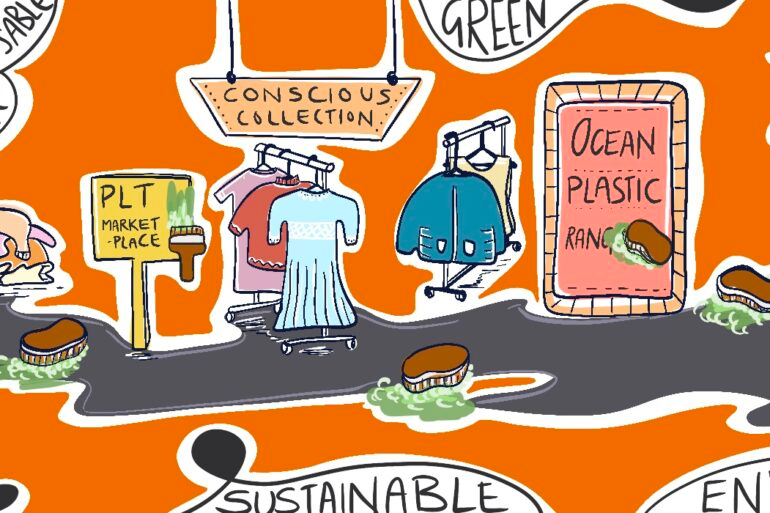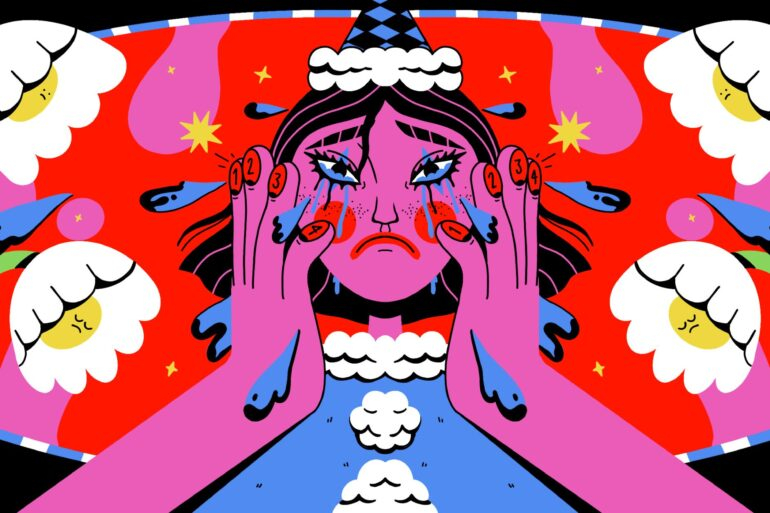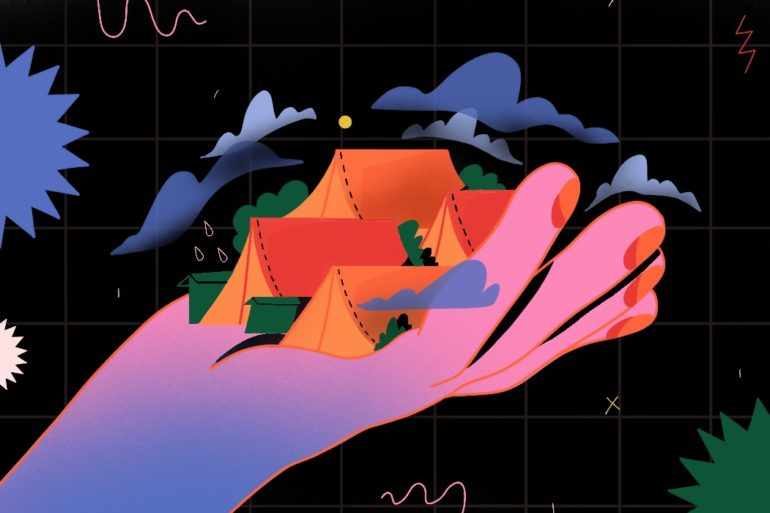Before you start this piece, I invite you to partake in a guided meditation with me.
A few months ago, I sat down on Zoom with Tobi Onabolu, creator of Dear Black Child, a short film commissioned by A Joyful Project. We chatted into the evening and what felt like an hour actually turned out to be three. When you watch the film for yourself below, you’ll see why.
https://www.youtube.com/watch?v=KbPvUKvMaac
After watching his film, I was keen to hear what Black joy meant to Tobi – but he told me the film is actually about “documenting the journey of returning to joy, rather than trying to describe what Black joy is.”
To take the sole role of describing what Black joy is would maybe leave the definition static and fixed in motion. Instead, Dear Black Child reckons with Black joy as fluid, rebellious, radical, imaginative, and most importantly, something we can all experience.
Tobi reflects on Black joy as being about the ability to express every version of yourself, without any risk of being judged. It’s about having fun in whatever ways are personal to you, and yet it isn’t confined to a personal experience. Rather, Black joy is something to be shared with other Black people.
Dear Black Child revels in the new, sometimes familiar and sometimes completely different, perspectives on Black joy and how it is practised. It’s an introspective and captivating film with a clear message: that a return to joy is a journey of personal, interpersonal, and collective healing.
I believe Black joy is looking at what makes us feel happy and connected.
It can take many forms: connecting to nature, meeting with friends, practising faith, meditating, or even practising stillness in a world that doesn’t have an off button.
This concept of stillness is something that Tobi particularly hovers over: what it is, and what it can bring to us.
Tobi plays with meditation throughout the film, encouraging us to ground ourselves in our bodies, community, our ancestors and the natural world. The film incorporates movement, meditation and mysticism to illustrate the ways joy and healing is never lost – only transformed.
Stillness allows us to tune into our own needs, bringing forward what really brings us joy. Dear Black Child asks us to dig deeper into what makes our personal joy a reality. What are the conditions for us to feel joy and create it?
Unintentionally, we can place joy on the back burner in place of commitments that feel more urgent. We can come to the end of our day, week, month, even year and realise we haven’t done anything that pours into us.
Dear Black Child forces us to ask ourselves: what if we placed the same urgency of experiencing joy as we did on other aspects of our lives? What if creating joy was treated as the centre of our worlds, rather than the periphery? How would we act in that case? In watching the film, Dear Black Child beckons us to accept that challenge.
Our joy isn’t always created individually – it often overlaps with the people and routines we hold dearly. Tobi was keen to share how spirituality, food and dance are communal practices for Black people across the globe.
It is more than ritual; it’s fuel for our mind and body. It carries our histories, communities, culture – often the practices that have survived against the odds, after years of migration, displacement, and assimilation.
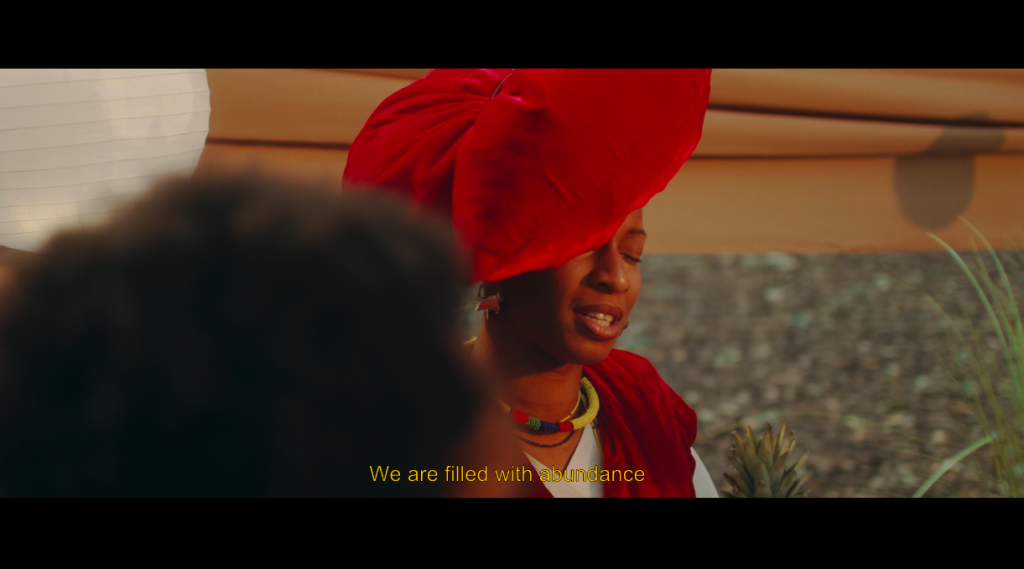
On a collective level, joy is about community.
bell hooks says, “rarely, if ever, are any of us healed in isolation. Healing is an act of communion.”
Here, joy situates the gentleness, generosity, and grace we afford each other. A love that is radical and facilitates change; a love that is honest. There is solace to be found in the collective and how we work together to make this a world we can all breathe in.
There is also power in knowing that our intimate and sacred relationships with our chosen family, extended communities and spirituality reveal to us that this level of healing, love, care and joy is possible. In these relations therefore, we are living the impossible.
Subscribe to shado's weekly newsletter
Exclusive event news, job and creative opportunities, first access to tickets and – just in case you missed them – our picks of the week, from inside shado and out.

While collective joy and healing is integral to Black life and survival, Black joy is largely contested and policed. From our personal to collective expression, thought, spirituality and spaces.
So, how can we live authentically and freely when our spaces to connect are surveilled, policed and taken away?
Tobi remarks on how the system is not designed for us to be happy or to enjoy the full human experience, and says that one of the aims of the film was to explore Black joy in its rebelliousness. Potentially considered to be an oxymoron to tie joy with rebellion, there is a case for it in fact being crucial in actualising Black self-determination.
It was through rebellion that we saw the Haitian revolution, the birth of Carnival, the anti-apartheid movement, facets of being free. Rebellion disrupts life as we know it and it is through rebellion that we realise there are other possibilities to live and ways to take up space.
In such oppressive conditions, our communities and movements have always been rooted in survival, trust, and interdependence. The act of creating spaces for safety, belonging and joy in the face of this, are acts of rebellion.
Here, joy can be framed as an ember. Despite the environment that tries to put this flame out, an ember remains steadfast, capable of being revived. What revives our flame is our ability to re-pot ourselves in environments that allow us to grow, in spaces that nurture us and allow us to feel joy in all its senses.
Joy here is fluid, a shapeshifter, a survivor, willing to stand as an antithesis to despair.
Positioning joy as praxis helps us to think about our future and how we want to exist in it. In our conversation, Tobi remarks about a feeling of “lightness” for our Black futures. A future that doesn’t shy away from heavy and deep experiences but where there is an overall sense of lightness; where we have the space to just exist, entering spaces as our whole selves.
After my call with Tobi, I meditated on our conversation for a while. In this future world we imagined, I believe everyone would move around with their jaws unclenched, shoulders low and heads high, breathing deeply and exhaling the same way. We’d trust our intuition and divinity. We’d live and create freely and spend more time nurturing our connections close and far.
For me, creating joy means building from a space of willingness, pleasure and from a point of exhale. It’s something we need to incorporate into our moments, our daily lives and not just something we confine for the weekends or special occasions. There is joy and gratitude to be found in even the most mundane moment or practice.
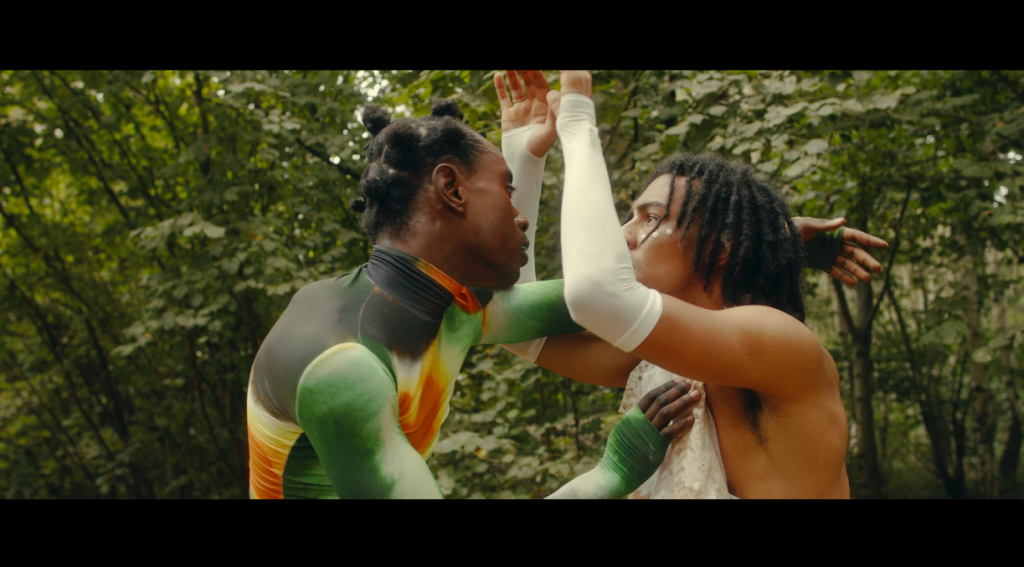
So, if our futures rely on how we face our present, how do we build joy as a practice now?
- We make it personal to us: What excites you? What is pleasurable to you? What brings you joy? How do you feel after doing this? We can turn to our culture(s), music, arts, books, faith/spirituality as a starting point
- We connect to nature/ the world around us: Being in green spaces or near water provides a lot of joy.. They remind us that there is a season for everything, and the only constant is change (a big word to Octavia Butler) so enjoy the present and be open to changes.
- We become intentional about it: Look at tracing the steps that took us to that place. What was the activity? What was in that space? Was it a friend that we were with? Once you figure out what about that moment made you feel so good, try to be intentional about weaving it into your daily practice. For example, if you enjoy starting your day with laughter, watch a comedy show in the morning, or stick on your funniest podcast to get ready to. If you love calm in the morning, perhaps start the day with deep breathing.
- We try to be present and practice gratitude: Whether you’re dancing, at a concert, in a yoga session, trampolining – take a moment to take it all in, to express gratitude. This one isn’t always easy. We can have many days where we can’t or don’t show up or practise gratitude. In those moments we can focus on one way to be present (such as deep breathing) and also lean on our communities to uplift us when we don’t have it in us.
- We share it: You can find joy in your loved ones. People who see and love all of you. The peace that comes from sharing a laugh, a thought, or a word of encouragement, is a constant reminder that you can be held and can experience joy in a collective of people.
- We remember: “The process of returning to joy is practice. There are many ways to practice, so find something that works for you, make it fun, enjoy your practice.” – Dear Black Child
Once again, I invite you to partake in a guided meditation with me.

What can you do?
- Read Black Joy by Charlie Brinkhurst-Cuff
- Read A Quick Ting on Afrobeats by Christian Adofo
- Read Love in Colour: Mythical Tales From Around The World, Retold by Bolu Babalola
- Listen to The Receipts Podcast
- Listen to The Read
- Listen to Two Twos Podcast
- Listen to Black Gals Livin’
- Listen to Who We Be TALKS_
- Listen to The Classic Manny Show
- Listen to Therapy For Black Girls
- Follow @ajoyful.project
- Follow @Blackballaduk
- Follow @theresnosignal
- Follow @the.rendition
- Follow @blackinbritain
- Follow @maia_group
- Follow @blsjustice
- Follow @blackityblvck
- Follow @dopeblackqueers





